 The rainy season is best enjoyed with a warm drink, don’t you agree? In Indonesia, our beloved country, there are two traditional beverages that are especially popular during rainy and cold weather: ronde and angsle. Both are commonly chosen to warm up the body. For those who are unfamiliar or not too familiar with them, do you know what the differences between ronde and angsle are? If not, let’s dive deeper into these delicious treats!
The rainy season is best enjoyed with a warm drink, don’t you agree? In Indonesia, our beloved country, there are two traditional beverages that are especially popular during rainy and cold weather: ronde and angsle. Both are commonly chosen to warm up the body. For those who are unfamiliar or not too familiar with them, do you know what the differences between ronde and angsle are? If not, let’s dive deeper into these delicious treats!
The Origin of Ronde and Angsle
Ronde and angsle are traditional beverages that each have their own charm. Ronde originates from Chinese culinary influences that have adapted to local flavors. Meanwhile, angsle is a specialty of East Java, particularly Malang, known for its savory and sweet taste. Although both are enjoyed warm, the differences between ronde and angsle lie in their main ingredients, presentation, and flavor profile.
Difference Between Ronde and Angsle
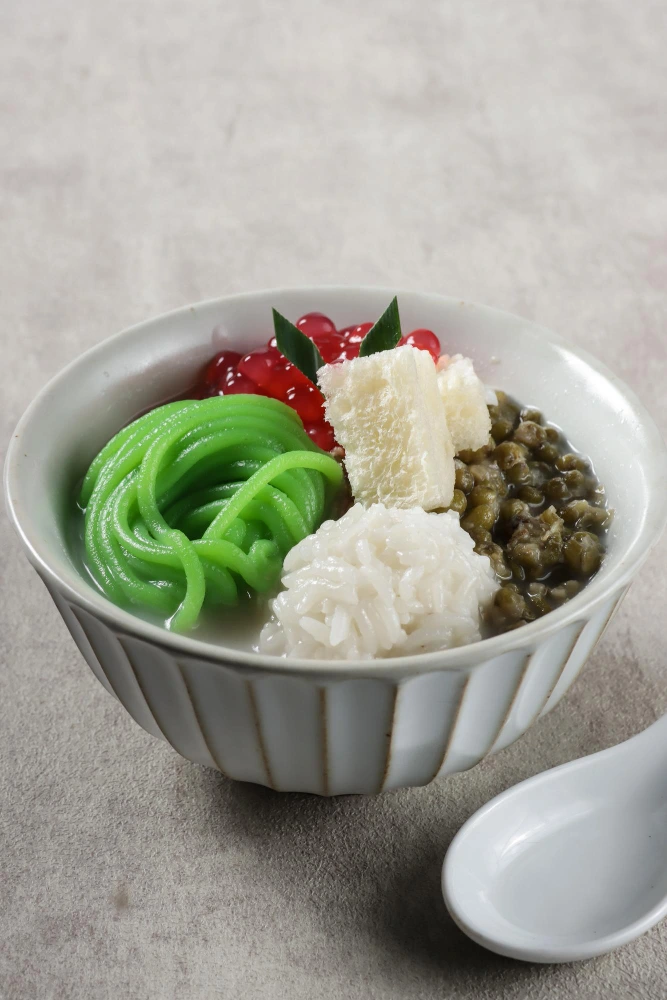 Want to make them yourself at home? Let’s first take a closer look at the differences between ronde and angsle!
Want to make them yourself at home? Let’s first take a closer look at the differences between ronde and angsle!
Main Ingredients and Fillings
Ronde typically consists of glutinous rice balls filled with sweet peanut paste. These balls are served in a warm and aromatic ginger syrup. It’s the ginger syrup that makes ronde particularly warming, especially during cold weather.
On the other hand, angsle contains more diverse components. Its fillings can include boiled mung beans, white glutinous rice, pieces of bread, petulo (a type of putu mayang cake), and melinjo chips. All of these are doused in warm, sweet coconut milk. Its broth is creamy and has a distinctive sweet-savory taste.
How to Serve
The differences between ronde and angsle are also clearly visible in how they’re served. Ronde is usually served simply, focusing on the ginger syrup and glutinous rice balls. Sometimes, roasted peanuts or kolang-kaling (sugar palm fruit) are added for a variation in taste and texture.
On the other hand, angsle has a more complex presentation. All the fillings are placed in a bowl, then doused with sweetened warm coconut milk. The various textures from bread, mung beans, and petulo make angsle feel more “lively” compared to ronde.
Flavor Profile
In terms of flavor, ronde is dominated by the warm and spicy taste of ginger, combined with the sweetness of the glutinous rice balls. This drink is perfect for those who want something soothing and warming.
Angsle, on the other hand, offers a richer flavor. The combination of savory coconut milk and sweet sugar makes it feel heavier than ronde. Its texture is also more varied, thanks to the diverse fillings.
Nutritional Content and Healthy Alternatives
When it comes to nutritional content, angsle tends to be heavier as it uses coconut milk, which is high in fat. But don’t worry, there’s a solution to make angsle lighter.
You can replace coconut milk with FiberCreme, a versatile cream powder that provides a creamy taste just as delicious as coconut milk. But it comes with healthier benefits: high fiber, low sugar, and 0mg cholesterol.
Not only angsle but you can also experiment with ronde. For instance, replace the peanut paste filling in the glutinous rice balls with lower-calorie almonds or cashews. Want to add a creamy touch to the syrup using FiberCreme? Go ahead!
Read More : Different Types of Ginger and Their Health Benefits
Tips for Making Ronde and Angsle at Home
 Want to try making ronde or angsle yourself? Here are some tips to get the perfect results:
Want to try making ronde or angsle yourself? Here are some tips to get the perfect results:
1. Ronde
- Use high-quality glutinous rice flour to ensure the glutinous rice balls don’t easily break
- Boil the glutinous rice balls until they float to ensure they are fully cooked
- Use fresh ginger for the syrup to get a more fragrant aroma and refreshing taste
2. Angsle
- Heat the coconut milk or FiberCreme over low heat to prevent it from breaking
- Add pandan leaves when boiling the broth for a more fragrant aroma
- Serve while warm to keep the bread pieces soft
Let’s Try Making Them!
Now you know the differences between ronde and angsle. Both have their own uniqueness and irreplaceable flavors. If you want to try something different, you can make ronde or angsle without coconut milk using FiberCreme. Don’t forget to serve it warm to get the maximum sensation.
Need recipes? Check them out on @FiberCreme_tv and the Ellenka channel on YouTube!

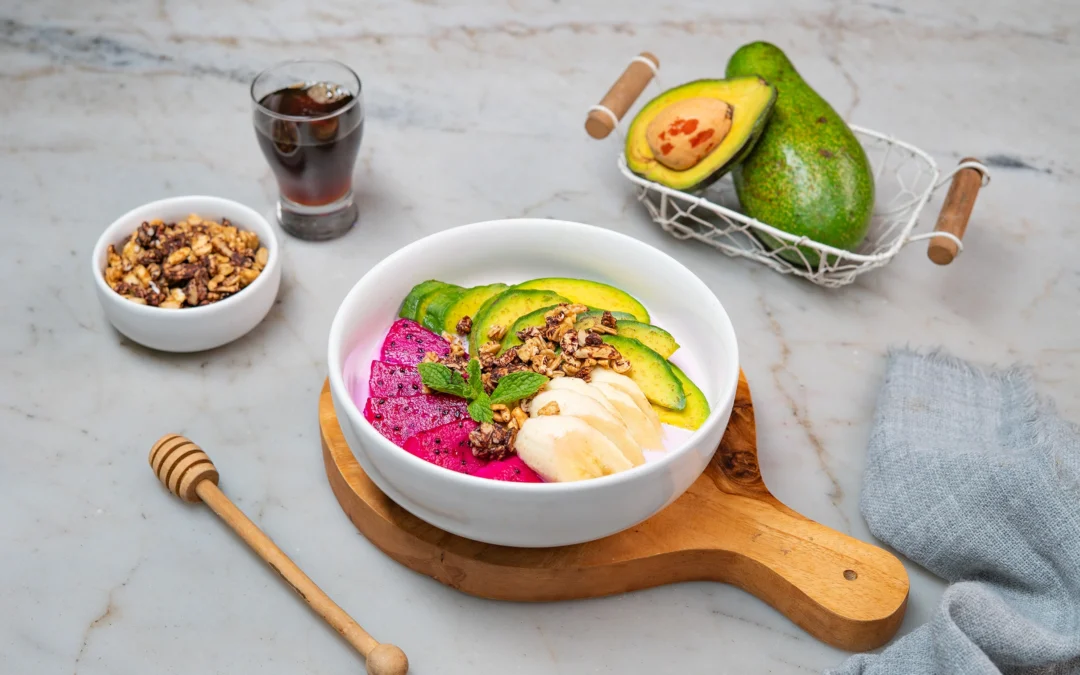

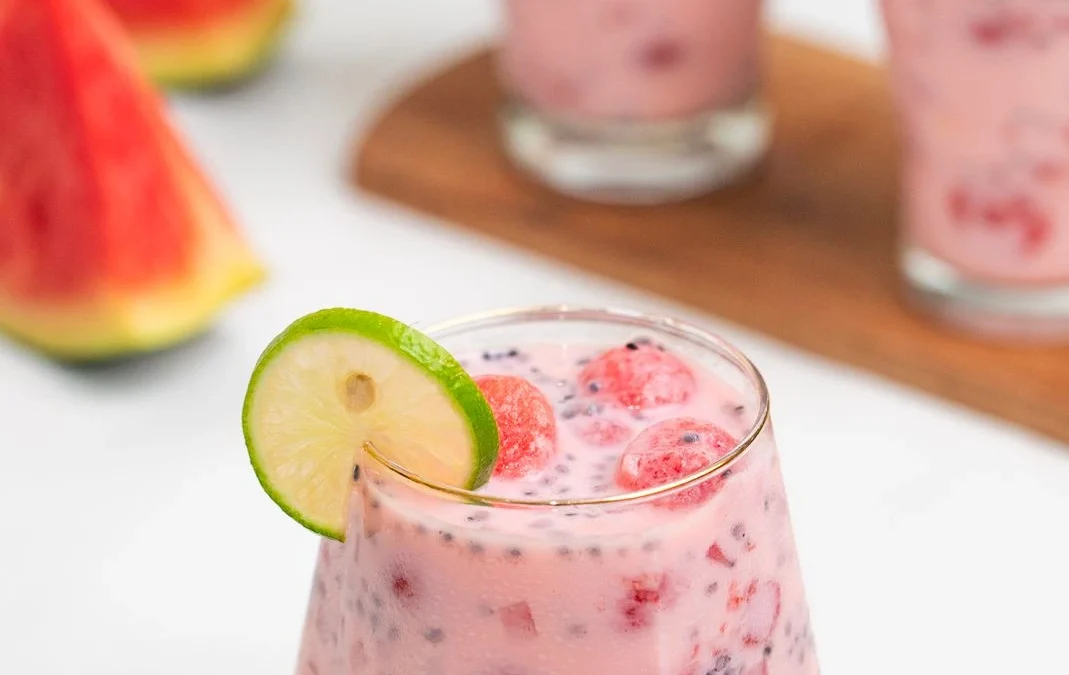
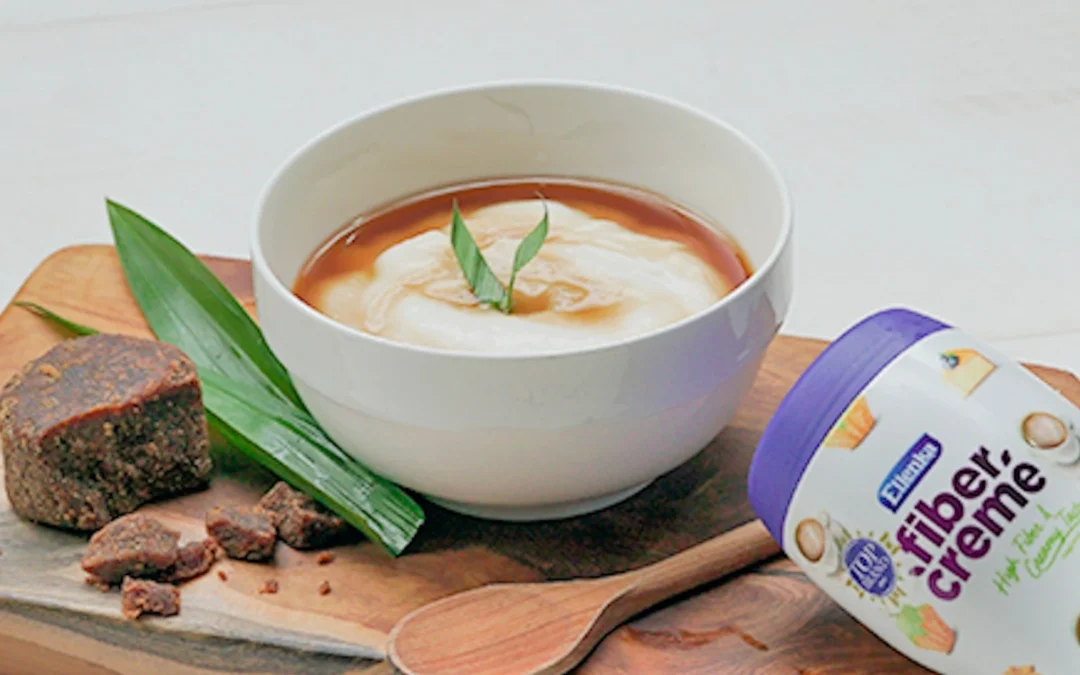
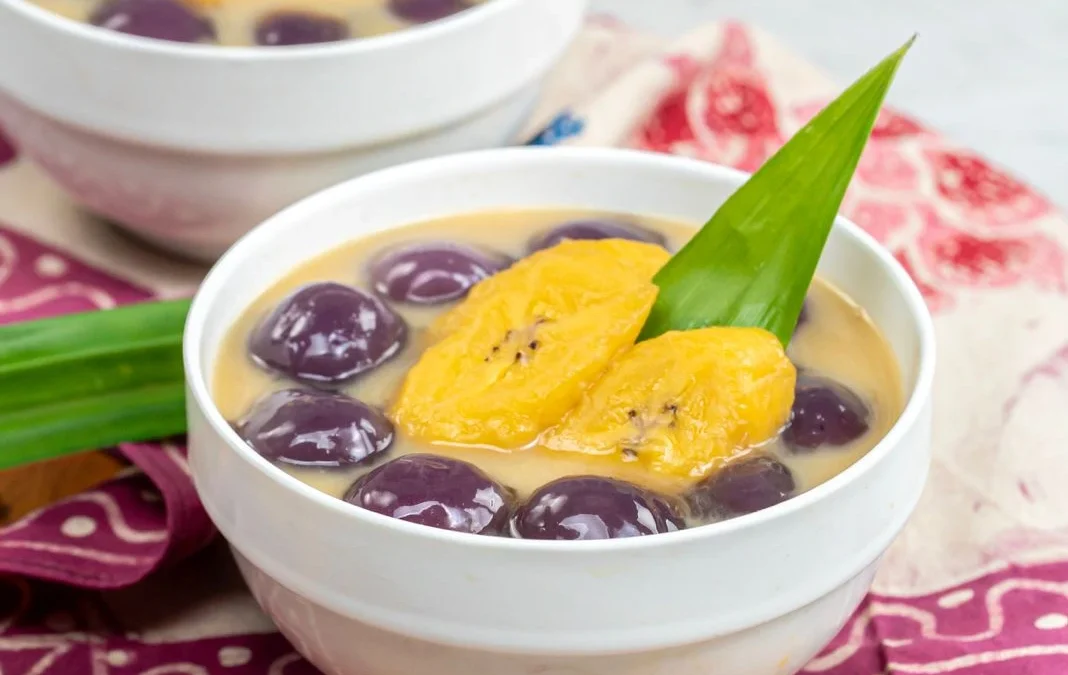
0 Comments